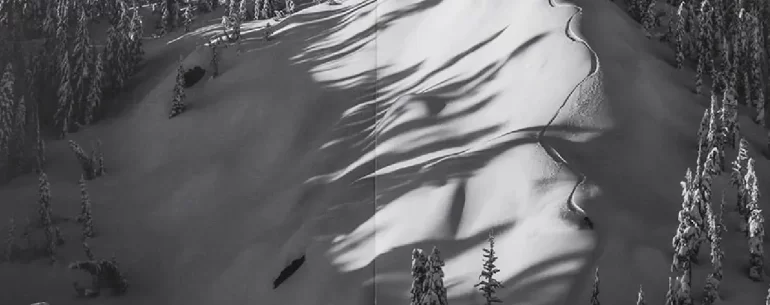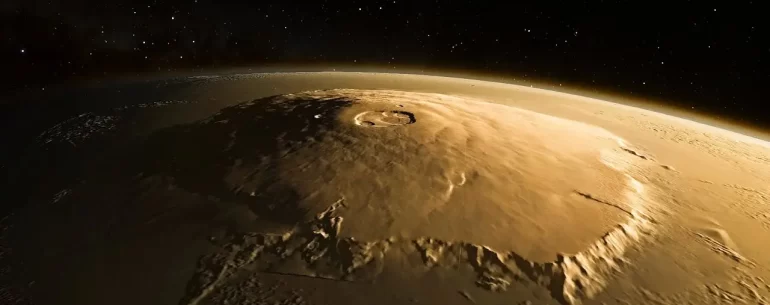Deciding which ski resorts are the largest can be a tricky business. Each resort has its unique way of measuring its size, which can vary from counting kilometres of pistes to considering the total skiable hectares. This disparity makes it difficult to establish a definitive ranking of Europe’s biggest ski areas. Additionally, many expansive resorts rely on bus links between different mountains and villages, which technically separates them into distinct areas rather than one interconnected ski destination. These varied methodologies in measuring size complicate direct comparisons in trying to work out Europe’s biggest ski areas.
However, for this list, we’ve chosen to focus solely on the number of kilometres of pistes to keep things simple. Below, you’ll find details of the commonly recognised biggest ski resorts in Europe, ranked by the total length of their groomed runs. Along with each resort, we’ve included descriptions, the number of lifts and other useful information, such as the advantages and disadvantages and an idea of the cost. Some of the biggest European ski resorts
Les 3 Vallées, France
- Kilometres of Pistes: 600 km
- Total Ski Area: 1,400 hectares
- Number of Lifts: 180
- Advantages: Extensive, varied terrain suitable for all levels; well-connected lift system.
- Disadvantages: Can be crowded and expensive.
- Cost: High
Les 3 Vallées holds the title of the largest ski area globally, connecting famous resorts like Courchevel, Méribel, Brides-les-Bains and Val Thorens. Skiers of all levels can find something to enjoy here, from gentle beginner slopes to challenging black runs. Click here for a comprehensive guide to Brides-les-Bains including a video of the gondola ride up to Méribel.
Portes du Soleil, France/Switzerland
- Kilometres of Pistes: 600 km
- Total Ski Area: 1,000 hectares
- Number of Lifts: 196
- Advantages: Diverse terrain; cross-border skiing.
- Disadvantages: Complex layout can be confusing; lower altitude can mean less reliable snow.
- Cost: Moderate
Portes du Soleil spans across France and Switzerland, offering the novelty of skiing in two countries in a single day. The terrain ranges from easy-going slopes to more technical areas, catering to all skiers. Portes du Soleil is home to Avoriaz, one of the world’s most famous and revered ski areas.
Paradiski, France
- Kilometres of Pistes: 425 km
- Total Ski Area: 1,250 hectares
- Number of Lifts: 160
- Advantages: Great variety of slopes; efficient lift system.
- Disadvantages: Some lifts can be slow; busy during peak times.
- Cost: Moderate to High
The Paradiski area connects Les Arcs and La Plagne, providing a wide array of slopes and snow parks. The Vanoise Express cable car is a highlight, whisking skiers between the two resorts in a matter of minutes. Click here for a comprehensive La Plagne guide.
4 Vallées, Switzerland
- Kilometres of Pistes: 412 km
- Total Ski Area: 410 hectares
- Number of Lifts: 92
- Advantages: High altitude ensures good snow; diverse terrain.
- Disadvantages: Expensive; some older infrastructure.
- Cost: High
4 Vallées is known for its high-altitude skiing and challenging off-piste routes. The resort’s terrain is vast and varied, offering options for every level of skier.
Via Lattea (Milky Way), Italy/France
- Kilometres of Pistes: 400 km
- Total Ski Area: 2,000 hectares
- Number of Lifts: 70
- Advantages: Expansive; good for intermediate skiers.
- Disadvantages: Some older lifts; lower altitude means variable snow conditions.
- Cost: Moderate
Via Lattea, or the Milky Way, offers extensive terrain with long runs that are perfect for intermediate skiers. Its position on the Italy-France border adds to its appeal.
Zermatt/Cervinia, Switzerland/Italy
- Kilometres of Pistes: 360 km
- Total Ski Area: 3,500 hectares
- Number of Lifts: 54
- Advantages: Year-round skiing; stunning Matterhorn views.
- Disadvantages: Expensive; lift pass includes both countries.
- Cost: High
Zermatt and Cervinia combine to offer some of the highest skiing in Europe, with spectacular views of the Matterhorn. The area’s extensive pistes cater to all skiing abilities. Zermatt is also home to one of the best and biggest glaciers in Europe.
Les Sybelles, France
- Kilometres of Pistes: 310 km
- Total Ski Area: 2,200 hectares
- Number of Lifts: 68
- Advantages: Great value for money; varied terrain.
- Disadvantages: Lower elevation can affect snow quality; less developed après-ski.
- Cost: Low to Moderate
Les Sybelles is a lesser-known gem that offers an extensive ski area at a more affordable price. It’s perfect for families and those looking for a quieter ski holiday.
Ski Arlberg, Austria
- Kilometres of Pistes: 305 km
- Total Ski Area: 1,500 hectares
- Number of Lifts: 88
- Advantages: Renowned off-piste opportunities; reliable snow.
- Disadvantages: Expensive; some lift queues during peak times.
- Cost: High
Austria’s largest ski area, Ski Arlberg, is famous for its deep powder and off-piste adventures. With a variety of slopes and modern lift systems, it attracts skiers from all over the world.
Espace Killy (Val d’Isère/Tignes), France
- Kilometres of Pistes: 300 km
- Total Ski Area: 1,900 hectares
- Number of Lifts: 78
- Advantages: High altitude ensures good snow; varied terrain.
- Disadvantages: Pricey; can be crowded.
- Cost: High
Espace Killy – now referred to as Val d’Isère/Tignes – is a paradise for advanced skiers, with steep and challenging slopes. Beginners aren’t left out, with numerous easy runs and excellent ski schools available. Click here for a flythough of Val / Tignes, renowned for its epic off-piste riding.
SkiWelt Wilder Kaiser-Brixental, Austria
- Kilometres of Pistes: 284 km
- Total Ski Area: 1,850 hectares
- Number of Lifts: 90
- Advantages: Family-friendly; good snowmaking facilities.
- Disadvantages: Lower altitude can affect snow quality.
- Cost: Moderate
SkiWelt Wilder Kaiser-Brixental is a family-friendly destination with a large selection of blue and red runs. The resort also offers night skiing and extensive snowmaking capabilities.
Saalbach Hinterglemm Leogang Fieberbrunn, Austria
- Kilometres of Pistes: 270 km
- Total Ski Area: 2,000 hectares
- Number of Lifts: 70
- Advantages: Modern lift system; diverse terrain.
- Disadvantages: Lower altitude can affect snow conditions.
- Cost: Moderate to High
Saalbach Hinterglemm offers a vast ski area with a modern lift system and a variety of terrain. The resort is also known for its vibrant après-ski scene.
Grand Massif, France
- Kilometres of Pistes: 265 km
- Total Ski Area: 1,400 hectares
- Number of Lifts: 62
- Advantages: Family-friendly; beautiful landscapes.
- Disadvantages: Some lifts are slow; lower elevation.
- Cost: Moderate
Grand Massif is an excellent choice for families, with a good mix of runs and beautiful views of Mont Blanc. The resort’s villages offer a charming and laid-back atmosphere.
Also worth noting but not singularly connected by lifts / pistes
Dolomiti Superski, Italy
- Kilometres of Pistes: 1,200 km (although not fully interconnected by pistes alone)
- Total Ski Area: 3,000 hectares
- Number of Lifts: 450
- Advantages: Stunning scenery; vast and varied terrain.
- Disadvantages: Not all areas are interconnected without bus links.
- Cost: Moderate
Dolomiti Superski is a massive area with diverse ski options and iconic Dolomite views. While not all lifts are connected by pistes, the ski area offers an expansive experience.
Sella Ronda, Italy
- Kilometres of Pistes: 500 km
- Total Ski Area: 1,200 hectares
- Number of Lifts: 450
- Advantages: Stunning Dolomites scenery; excellent for all levels.
- Disadvantages: Busy during peak season; some runs can be icy.
- Cost: Moderate
The Sella Ronda circuit is a unique ski experience that loops around the Sella massif in the Dolomites. Skiers can explore several valleys in a day while enjoying breathtaking mountain views.
So, does size really matter – and can we trust the stats?
In the world of skiing, bigger often means better, as large ski areas attract more skiers and snowboarders looking for variety and challenges. However, resorts might inflate their size by including interconnected areas or freeride zones, which can mislead potential visitors. Despite this, even smaller resorts can provide a fantastic skiing experience, especially when conditions are ideal. For example, if you want value skiing, check Palandöken, probably the world’s cheapest ski area.
The right snow can transform a modest ski area into a winter wonderland, offering memorable runs and beautiful scenery. Ultimately, whether a resort is large or small, the quality of snow, lift infrastructure, and overall atmosphere play a crucial role in crafting the perfect ski holiday.


